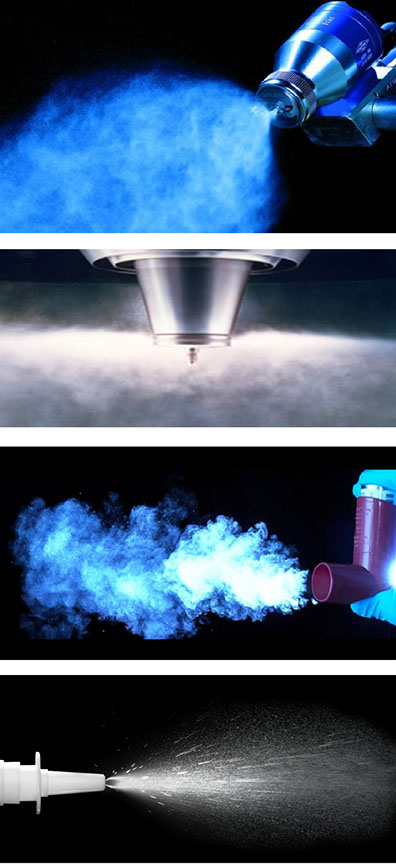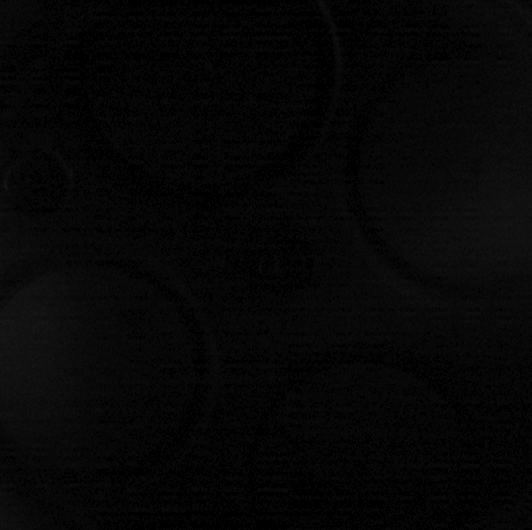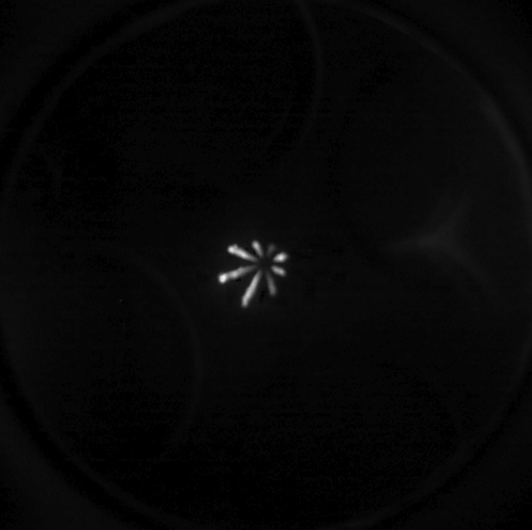Sprays are considered as systems of droplets immersed in a gaseous continuous phase. They are commonly generated by atomizers but can also be produced naturally. In modern society, sprays are ubiquitous; nearly almost every industry employs some form of spray. They are used for painting, cooling, misting, cleaning, washing, coating, lubricating, drying, applying chemicals, and dispersing liquids. They are of importance in several domains including agriculture, food processing, medicine, combustion engineering and in many industrial processes. The scientific and industrial interest in spray technology was almost nonexistent fifty years ago. Since that time, the understanding of the generation of sprays has become a subject of considerable importance in a wide range of combustion related and industrial application. This large increase in research and development activities on spray technology is principally promoted by modern economical interests and new international environmental policies. A few examples of spray application are listed bellow:
Spray coating and painting are extensively utilized in production factories. Spray guns are used to coat metal, wood, ceramic and plastic products with paint or other coating solutions. One of the principal uses of this technique is related to cars, trucks and others vehicles which are spray painted using robots. The main issue in spray painting and coating processes is the loss of paint, or coating solution, due to the dispersion of the solution outside of the desired target.
In food processing, the production of dry package foods and powders is carried out using spray drying. This technique is also used to remove moisture from the
food.
In medicine, inhaled droplets must satisfy a range of size comprised between
0.5 and 5 μm. Droplets above 5 μm hit and deposit on the surface of the throat; whereas, droplet less than 5 μm are exhaled just after inhalation.
Numerous other examples related to many industrial domains could also highlight the importance of understanding the physic of spray generation. However, the most significant example of a spray application concerns the injection of liquid fuel into combustion engines. Large research efforts have historically focused on fuel/air mixture preparation. Internal combustion and gas turbines engines are two very important examples of devices which provide mechanical power using most often liquid fuel spray. Due to an increased desire for both efficiency improvement and reducing pollutant emission, the interest in the fuel-injection process has expanded during the last couple of decades.

4) Nasal sprays
3) Inhalation sprays
2) Spray drying
1) Spray painting

5) Internal combustion sprays

Sources: 1) reiter-oft.de 2) gea.com 3) todaysmedicaldevelopments.com 4) androsent-sleep.com 5) Alexios Matamis, Combustion Physics